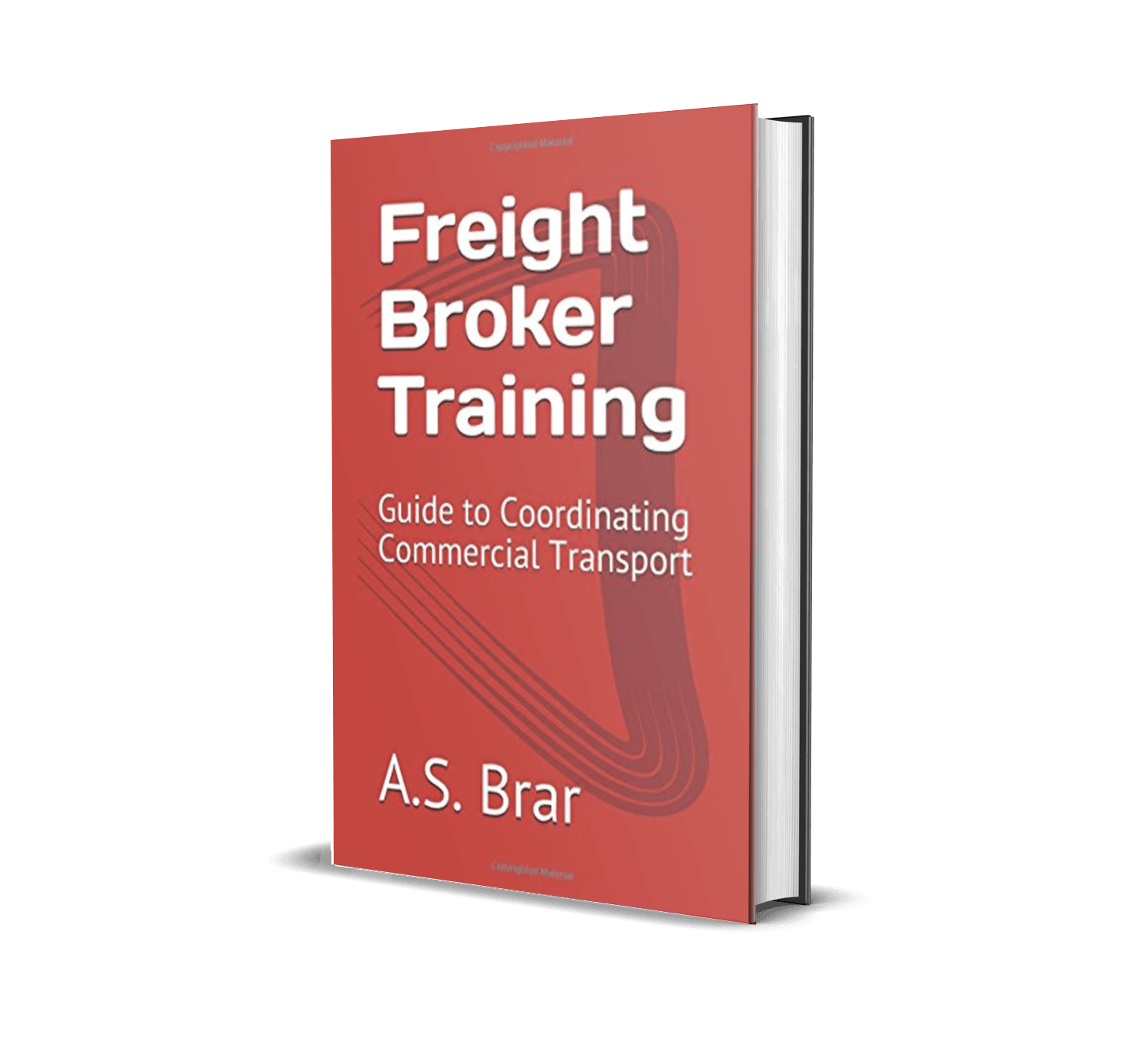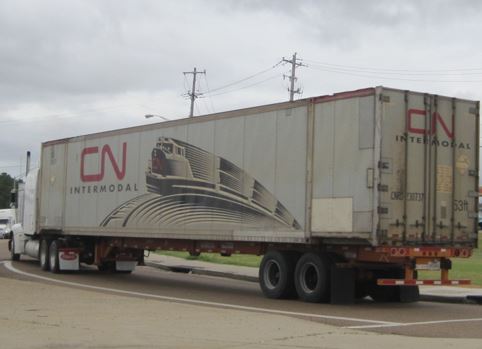The Intermodal Association of North America (IANA) reports that over 60 million shipments are handled annually, making drayage trucking a significant industry. This outstanding volume emphasizes its crucial role in maintaining the smooth operation of international trade.
This article will discuss what drayage trucking is, its various forms, and why it is important. Read on to find out.
What is Drayage Trucking?
Drayage is a logistics term that refers to the short-distance transportation of goods, typically as part of a larger shipment. It is most commonly used in the context of intermodal shipping, where cargo is transported in containers using multiple modes of transport, such as ships, trains and trucks.
The term ‘drayage’ comes from ‘dray’ — a horse-drawn cart used in the past to transport heavy freight. While drayage trucks have replaced horses, the term now refers to short-distance ground freight transportation.
For example, a container ship arrives at the Port of Los Angeles. A truck picks up a container and drives it 20 miles to a rail yard—this is drayage. From there, the container may travel cross-country by train.
Why is Drayage Trucking Important?
Drayage plays a critical role in the global supply chain, particularly in intermodal freight transport. Although it involves short distances, without drayage, the movement of goods between key transport modes would break down, causing delays and higher costs.
Here are some examples of how drayage can streamline and accelerate supply chain logistics:
Facilitate intermodal container transfers
Drayage moves containers between ports, rail yards, warehouses, and distribution centers. It links ocean, rail, and road transport, making intermodal shipping seamless.
Reduce port congestion
Drayage trucks transport containers between vessels, warehouses and different terminals. This speeds up the transportation process, helps to avoid bottlenecks and keeps port operations flowing efficiently.
Cost control
Efficient drayage ensures your goods arrive on time and helps minimize storage fees, detention charges, and per diem costs.
What are different drayage services?
Drayage services are categorized based on how goods need to be transported. There are a number of different types of drayage services:
Expedited drayage
- Fast-tracked transport for time-sensitive shipments over short distances.
- Often involves tight delivery windows, especially for just-in-time (JIT) logistics.
Inter-carrier drayage
- Movement of containers between two different carriers, such as from a rail terminal to a trucking terminal for final delivery to a warehouse.
- Often used in intermodal logistics.
Intra-carrier drayage
- Movement of containers within single carrier facilities from one terminal to another.
- Helps reposition cargo or containers for staging and consolidation.
Port or pier drayage
- Transporting containers from a terminal to seaports where they will be loaded onto a ship.
- Common in international shipping, where containers move from inland rail ramps to seaports.
Shuttle drayage
- Temporary movement of a container to a nearby location due to congestion or delays at the port or terminal.
- Common during peak times when storage space is limited.
How are drayage costs calculated?
The weight of the shipment and the distance travelled are often the most critical factors in determining drayage fees. However, there are other fees involved that you should bear in mind.
1. Distance
- Shorter distances (e.g., within the same port area) are cheaper.
- Longer distances mean higher costs since pricing is often per mile.
- Most carriers use zip-to-zip mileage or zones to calculate base rates.
2. Container Size and Weight
- Heavier drayage loads require more resources to move and take more time, so they will cost more.
- Specialized containers (reefers, tanks, hazmat) carry surcharges.
3. Chassis Fees
- You often need to rent a chassis to move a container.
- Daily or per-trip chassis usage fees apply.
- If a chassis isn’t available on-site, a chassis split fee may be charged to retrieve one.
4. Pick-Up and Delivery Location
- Pickups at congested ports or hard-to-access areas may incur surcharges.
- Residential or non-commercial locations can be more expensive due to restrictions or required appointments.
5. Wait Time / Detention
- Drivers typically have a free wait time window (usually 1–2 hours).
- After that, hourly detention charges apply.
- Delays at ports, customs, or customer facilities can increase cost.
6. Demurrage and Per Diem
- Demurrage: Fees from the port or terminal if the container is not picked up within a certain timeframe.
- Per Diem: Fees charged by the steamship line if you keep the container too long after pickup.
7. Fuel Surcharges
- Adjusted based on market diesel prices; calculated as a percentage of base rate.
8. Special Services
- Pre-pull: Moving the container out of the port and storing it temporarily off-site.
- Drop & Pick: Dropping off a container and coming back later to pick it up.
- Expedited service: Premium for same-day or time-sensitive moves.
Example Drayage Cost Breakdown
| Component | Estimated Cost Range |
|---|---|
| Base drayage (0–50 mi) | $150 – $400 |
| Chassis rental | $25 – $75/day |
| Fuel surcharge | 10–25% of base rate |
| Wait time (detention) | $50 – $100/hour after free time |
| Pre-pull/storage | $100 – $200/day |
| Demurrage/per diem | $100 – $300+/day |
Conclusion
The drayage service market is expected to grow by almost three billion dollars between 2021 and 2025. With increased production and shipping demands, as well as the growth of eCommerce, drayage has never been more important in global logistics operations.



